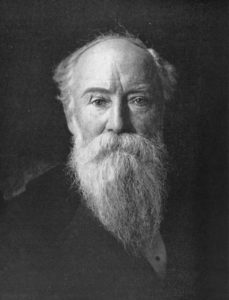John Burroughs Natural History Society strives to foster the study and enjoyment of natural history and to encourage conservation of natural resources.
The organization reaches out to the general public via field trips, lectures, and a newsletter called The Chirp. Field trips, offered several times each month, cover a wide variety of interests including bird watching, flower identification, geology, insects, and herptiles. Walks take place throughout the county and adjacent areas, from the Hudson River to the Catskill Mountains.
The John Burroughs Natural History Society was organized in 1950 by a group of scientists and educators to serve as a source of information about the flora, fauna, and natural history of Ulster County. The name of the great writer-naturalist was chosen for the organization because Burroughs lived most of his life in the county. In 1964, the Society was incorporated by the University of New York as a non-profit educational organization. During the years there has been an increase in membership and a widening scope of activities.
The Society strives to foster the study and enjoyment of natural history and to encourage conservation of natural resources. The organization reaches out to the general public via field trips, lectures, and a newsletter called The Chirp. Field trips, offered several times each month, cover a wide variety of interests including bird watching, flower identification, geology, insects, and herptiles. Walks take place throughout the county and adjacent areas, from the Hudson River to the Catskill Mountains.
Meetings are held four times a year. They are conducted with a minimum of formality and a generous amount of fellowship. The meetings in September, November and March are followed by a talk (usually illustrated).
The organization maintains a number of resources that help interested parties and educators appreciate natural resources and wildlife in the area.
JBNHS conducts a number of field trips each year. The field trips of JBNHS are oriented to nature study. They are free and open to the public.
Advertisement
Share this!
021725

